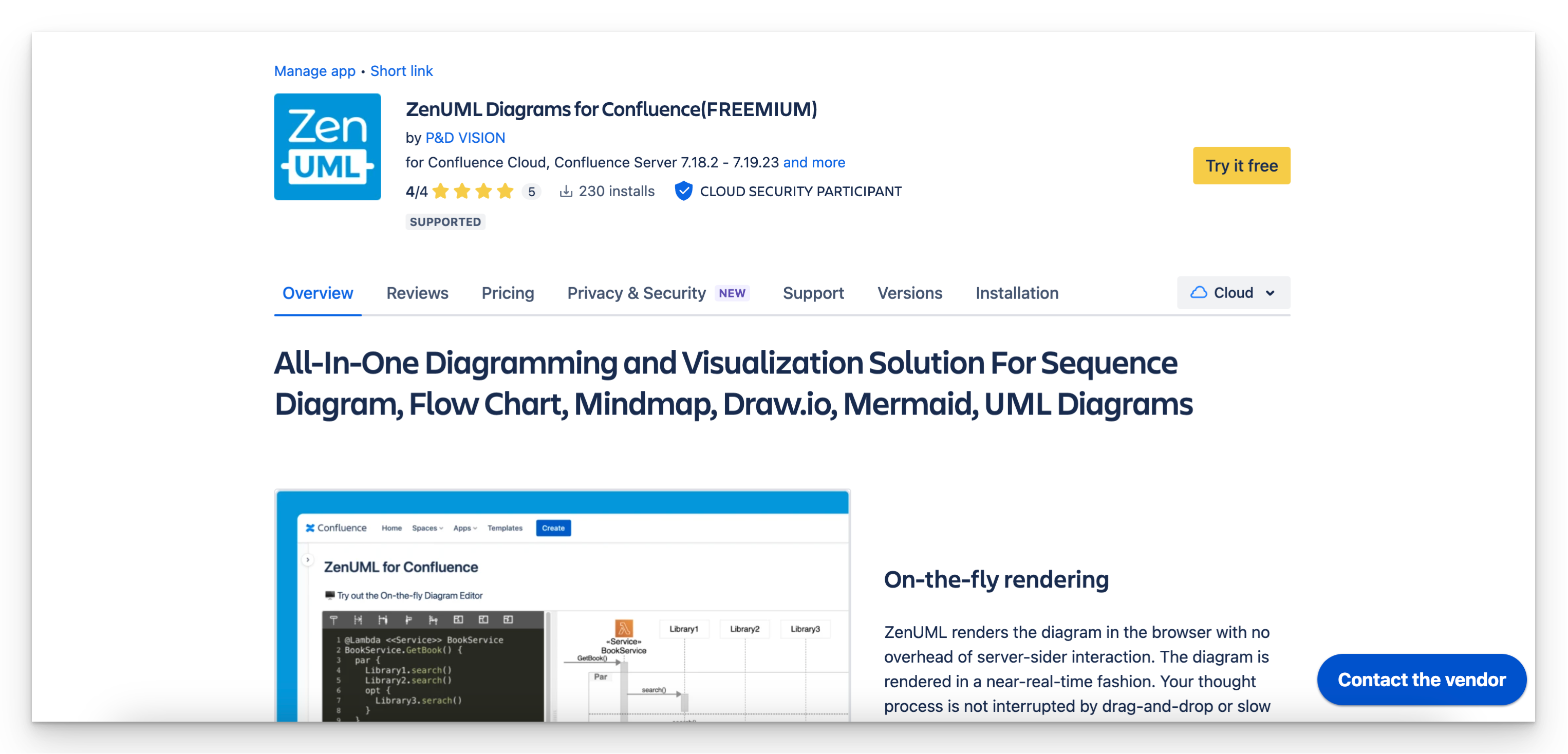The Power of AI in Sequence Diagram Analysis
In a world where time is everything, visual tools like sequence diagrams are a game-changer. These diagrams lay the foundation for seamless communication between developers, designers, and clients. Now, imagine combining them with Artificial Intelligence (AI). This fusion takes Diagram Analysis into an entirely new domain. AI-driven analysis is revolutionizing the art of visualization, making process comprehension faster and more reliable than ever before.
Sequence diagrams are visual tools used for mapping step-by-step interactions within a system. They clarify complex workflows by breaking them into manageable tasks. With AI, the analysis of these diagrams becomes smarter and more adaptable. Surprisingly, studies suggest that visual aids, like sequence diagrams, improve comprehension rates by over 70%. So, why not let an AI lend you a helping hand and master the art of visualization?
In this post, we'll dive into what sequence diagrams are, explain the influence of AI in understanding them, and teach you how to make the best use of these tools.

